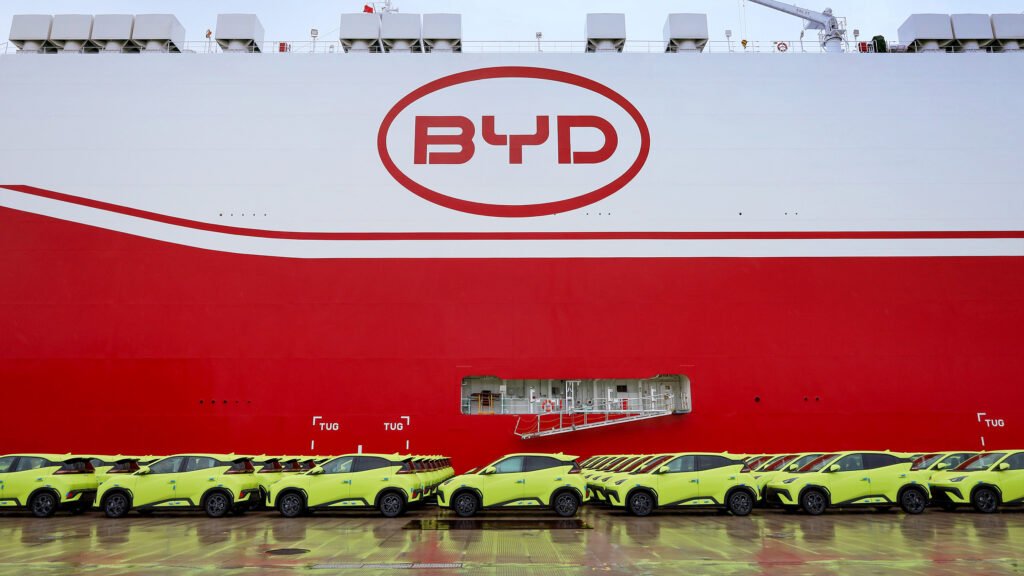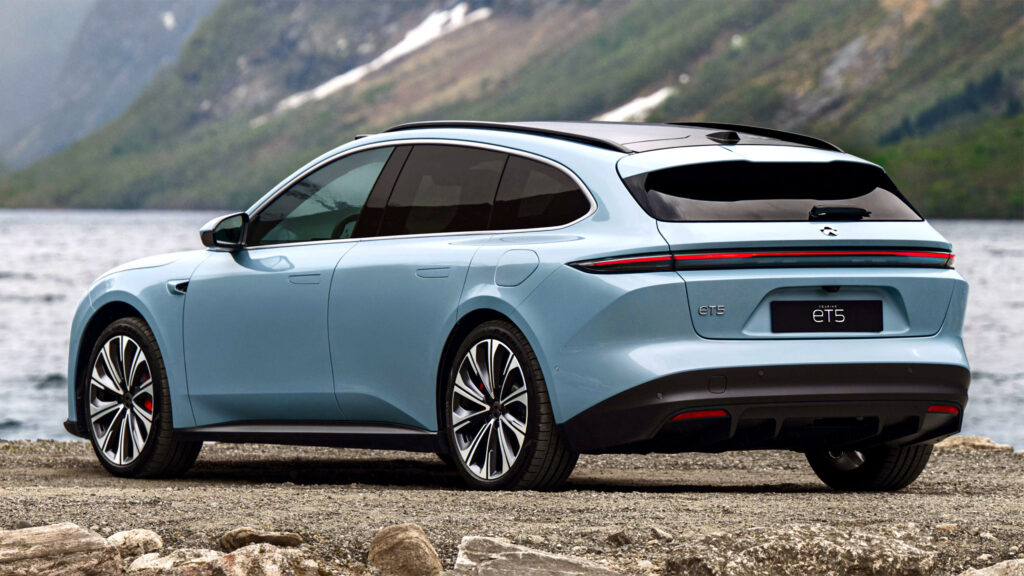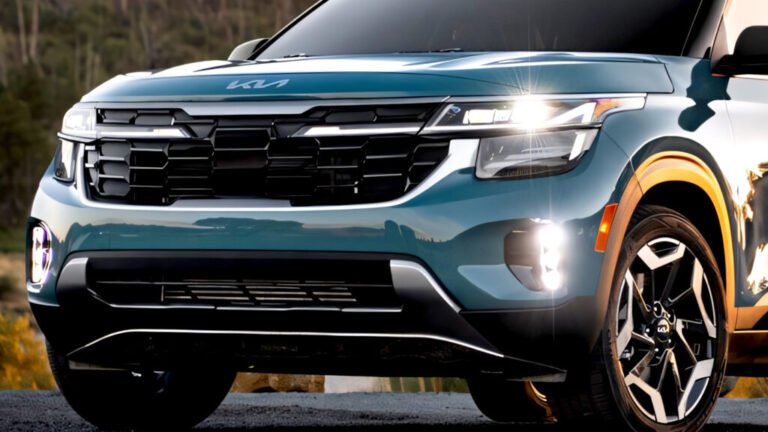

- The nation exported 2.83 million vehicles during the first five months of the year.
- Total vehicle exports jumped 20 percent year-over-year to 682,000 units in May.
- While exports grew, imports fell 25 percent to roughly 47,000 units last month.
China’s auto industry is still on the move, but not in the direction some in the West expected. While its global exports continue to climb, the country is importing fewer vehicles than ever before. It’s a shift that reflects not only changing market dynamics but also the lingering tension from the ongoing trade dispute with the United States, now back in the spotlight following President Trump’s return to office for a second term.
Read: Cracks Are Beginning To Appear In China’s Largest EV Maker
Data from the China Automobile Dealers Association (CADA) reveals that vehicle imports into China dropped by 25 percent to roughly 47,000 units in May. Year-to-date imports are down approximately 33 percent to 180,000. While Trump would no doubt like to see more American-made vehicles on Chinese streets, that’s not proving to be the case.
US Auto Imports to China Take a Hit
Light-vehicle imports from the US into China took a steep dive last month, plummeting 68 percent to just 3,130 units. That slump isn’t a one-off either, as over the first five months of the year, imports have dropped 48 percent to 18,849.
A temporary truce between the two countries offered some hope of stability. On May 12, China and the US agreed to a 90-day pause on raising tariffs, but the existing levies still pack a punch. In China, US vehicles with engines over 2.5 liters remain hit with a 25 percent tariff, while smaller-engined models face a 15 percent rate.
Barriers Go Both Ways
Meanwhile, the US hasn’t exactly rolled out the welcome mat either. In addition to its own tariffs, it recently finalized rules that would effectively ban all Chinese vehicle imports, citing national security concerns. The new regulations target the “sale or import” of connected vehicle software originating from so-called “countries of concern,” a label that squarely includes China.

The China Automobile Dealers Association has not broken down import numbers by brand, but among the biggest importers are GM, Ford, and Tesla. BMW also exports many vehicles from the US to China.
Japan easily tops the list as the country sending the most vehicles to China, totaling 70,037 units through the first five months of the year. It was followed by Germany, at 41,675, and Slovakia, at 25,833.
Export Boom Shows No Sign of Slowing
While imports to China have slowed, its auto exports continue to grow. During the January-May period, China exported 2.83 million vehicles, a 16 percent year-over-year increase. May proved particularly strong, with 682,000 total vehicle exports, a 20 percent year-on-year increase. Unsurprisingly, the nation’s new-energy vehicles (including BEVs and PHEVs) are proving particularly popular.
In May, China’s NEV exports totaled 296,000 units, a 43 percent increase. Its top markets for NEVs include Brazil with 35,478 units, Belgium with 30,405, the Philippines with 21,517, the UK with 21,456, Mexico with 14,587, and Australia, which received 14,250 new NEVs from China in May.



